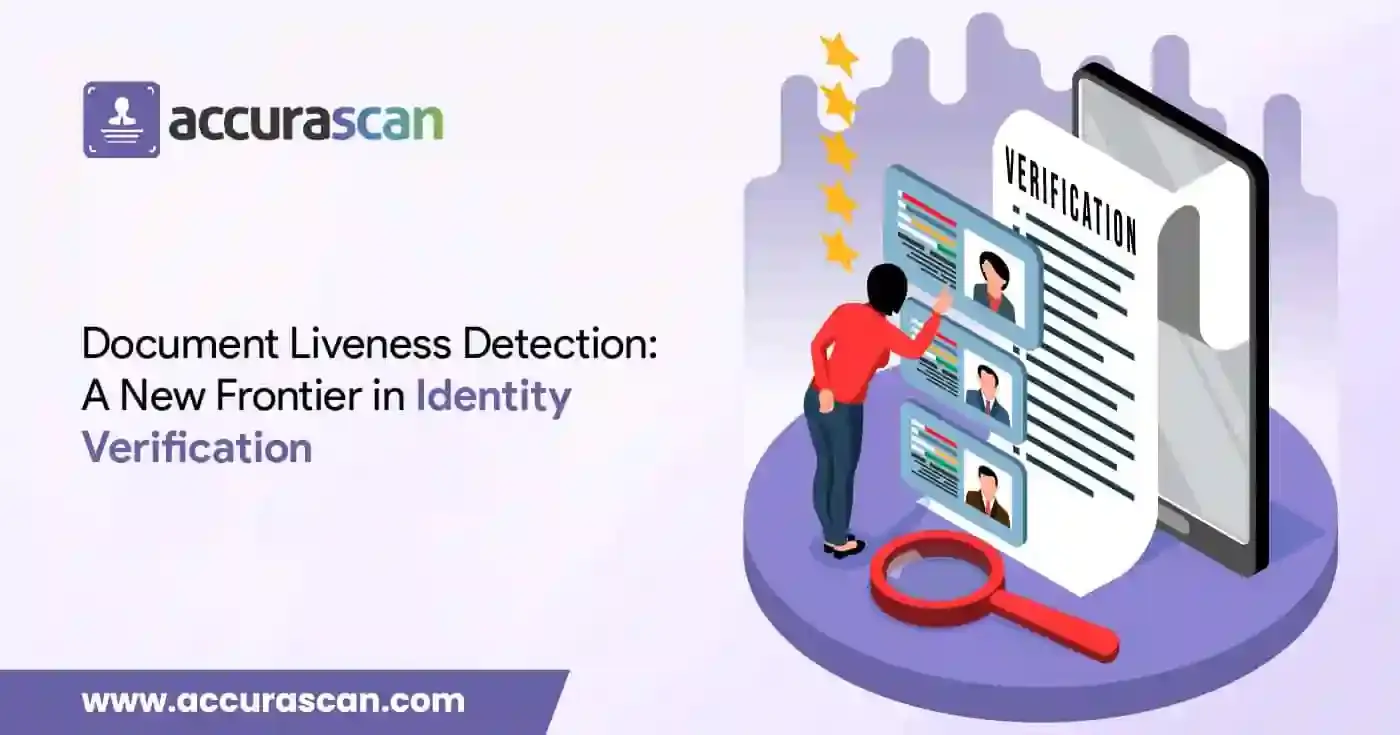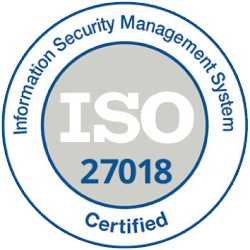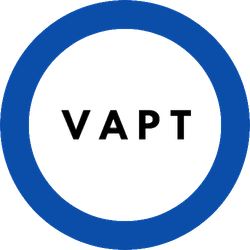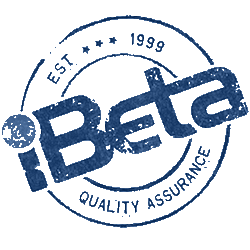Have you ever wondered how secure your digital identity is? In today’s digital age, you shop, bank, and communicate online more than ever before. With this shift, protecting your identities has become crucial. The likelihood of fraud and identity theft has increased dramatically, making traditional security measures insufficient. This is where document liveness detection steps in. This innovative technology promises to revolutionize identity verification, offering a new level of security. But what exactly is it, and why do you need it so badly? Let’s explore more about this cutting-edge solution and its significance in the increasingly digital world.
What is Document Liveness Detection?
Document liveness detection is a cutting-edge method for verifying whether an identity document is genuine and hasn’t been tampered with. It goes beyond simple checks to ensure the document is ‘alive’ and not a fake or photocopy. This technology can distinguish between a genuine document and one that’s been altered or reproduced.
There are several types of liveness detection for documents, including:
- Physical Liveness Detection: This checks for the physical properties of a document, such as holograms or watermarks, that are difficult to replicate.
- Behavioral Liveness Detection: To ensure that a document is being carried by a real person and not just a static picture, this technology asks the user to perform particular activities, such as tilting the page or moving it under a camera.
- Static Image Liveness Detection: This examines the document image for anomalies, such as differences in font style or alignment, that can point to manipulation or forgery.
Why Has It Become a Necessity?
Escalating Online Fraud
With the surge in online activities, the prevalence of digital fraud has skyrocketed. Traditional verification methods once considered robust, need to be revised against sophisticated cybercriminals. Hackers have refined their skills in document forgery and system manipulation, making it easier to deceive outdated security measures.
Limitations of Traditional Verification
Conventional verification techniques, such as simple document checks and static image analysis, need to improve in identifying advanced forgeries. These methods often rely on basic visual inspection or static information, which can be easily replicated or altered by skilled fraudsters.
Enhanced Security with Liveness Detection
Liveness detection for documents introduces a vital layer of security. Unlike traditional methods, it ensures that a document is not only authentic but also actively in use by its rightful owner. This dynamic verification process involves checking for real-time interactions and physical security features, making it much harder for forgeries to succeed.
Preventing Identity Theft and Fraud
By validating the document’s liveness, this technology significantly reduces the risk of identity theft. It ensures that personal and sensitive information is protected from unauthorized access. Financial institutions, healthcare providers, and other sectors handling sensitive data benefit significantly from this enhanced security measure.
Combating Unauthorized Access
Unauthorized access to systems and data is a growing concern. Liveness detection for documents helps prevent this by confirming the legitimacy of documents and their users in real-time. This means only authorized individuals can gain access to protected resources, ensuring higher levels of data security and trust.
Document Detection vs. Document Liveness: Key Differences
Document detection identifies and extracts information from a document within an image or video. It employs optical character recognition (OCR) to read text and detect key features like logos or barcodes. However, it only verifies the format and content, not whether a live person is currently using the document. This method is vulnerable to fraudulent use of static images or photocopies.
It not only detects the document but also verifies it is live and in use by a real person. This involves checking dynamic features and user interactions. The system may ask the user to tilt the document or move it under different lighting. It checks for security elements like holograms and watermarks, ensuring the document is genuine and not tampered with. This method provides enhanced security and fraud prevention, making it essential for reliable identity verification.
How Does It Work?
The process of involves several steps:
- Capture: The user captures an image or video of the document using a camera, usually through a smartphone or a webcam.
- Analysis: The captured media is analyzed using advanced algorithms to check for various security features, such as holograms, watermarks, microprints, and UV features.
- Verification: The system then compares the live data with stored templates to ensure they match. It also looks for any signs of tampering or forgery.
- Interaction: In some cases, the system may require the user to perform actions, such as tilting the document or moving it under different lighting conditions, to verify its authenticity and the presence of the person holding it.
Benefits of Document Liveness Detection
- Enhanced Security: It provides a robust layer of protection against identity theft and fraud, ensuring that only genuine and untampered documents are accepted.
- Convenience: Users can verify their identities quickly and easily using their smartphones or computers without the need for in-person verification.
- Cost-Effective: Reduces the need for manual checks and physical presence, cutting down costs for businesses and institutions.
- Real-Time Verification: Instant verification means users can access services immediately, improving user experience and satisfaction.
- Scalability: This can be easily integrated into various platforms and services, from banking to healthcare, to provide secure identity verification on a large scale.
How Will It Change the Identification Trend?
The liveness detection for documents is set to revolutionize the way we verify identities. It shifts the focus from physical checks to digital verification, which is faster, more secure, and more efficient. This technology will likely become the standard in various industries, including finance, healthcare, travel, and e-commerce.
In the future, we might see:
- Widespread Adoption: This technology will be used by more companies and organizations to improve security and expedite procedures.
- Integration with Other Technologies: Combined with biometrics, voice verification, and AI, it will create a seamless and foolproof verification system.
- Increased Trust: Users will feel more secure knowing their identities are protected by advanced technology.
Conclusion
It is a groundbreaking technology that promises to secure our digital identities like never before. It offers enhanced security, convenience, and real-time verification, making it a valuable tool in the fight against fraud. However, to ensure widespread adoption, it’s essential to address privacy, cost, and user experience challenges.
For those seeking reliable and accurate identity verification solutions, Accura Scan stands out as a leader in the field. Their advanced technologies provide seamless and secure verification, paving the way for a safer digital future. Whether you’re a business looking to enhance your security or an individual wanting peace of mind, document liveness detection is the future of identity verification solutions.


























